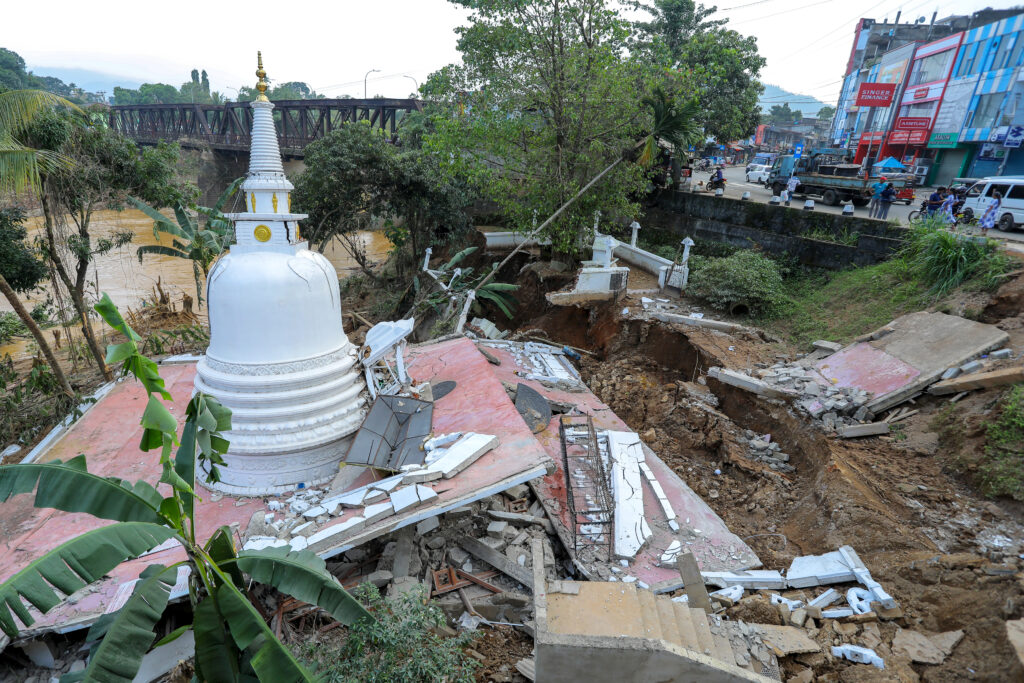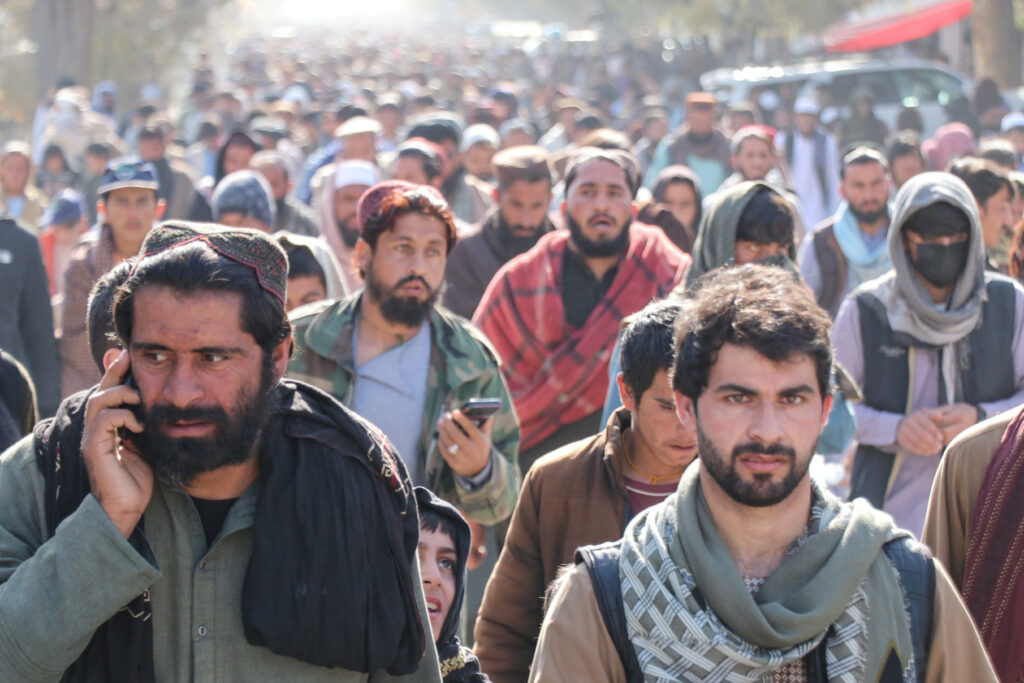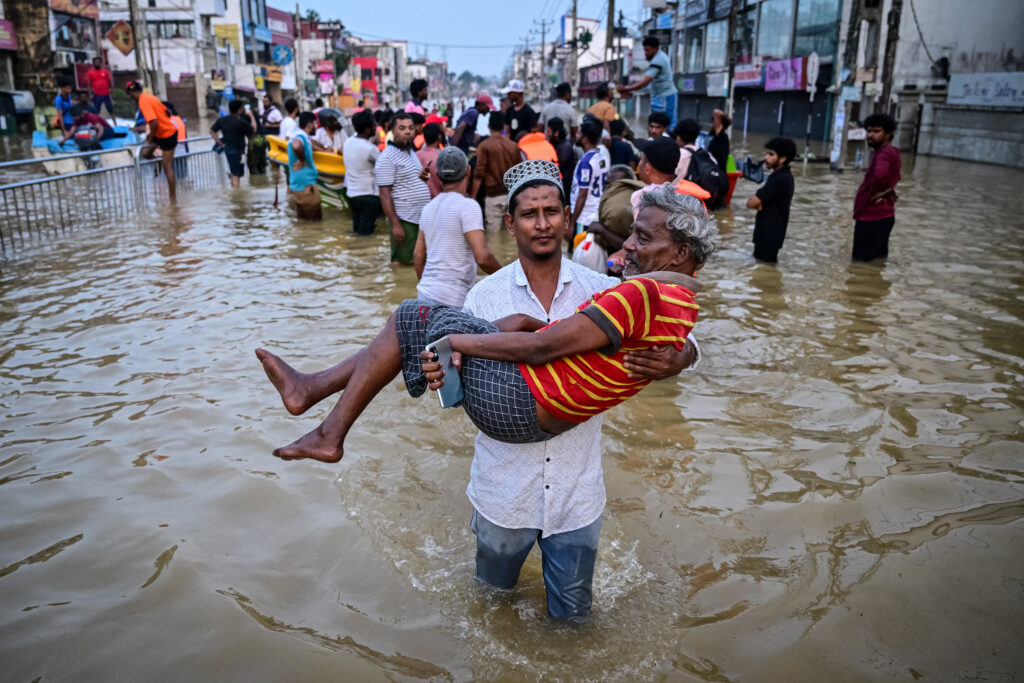Governments and aid groups in Indonesia and Sri Lanka worked Tuesday to rush aid to hundreds of thousands stranded by deadly flooding that has killed more than 1,300 people in four countries.Torrential monsoon season deluges paired with two separate tropical cyclones last week dumped heavy rain across Sri Lanka and parts of Indonesia’s Sumatra, southern Thailand and northern Malaysia.Climate change is producing more intense rain events because a warmer atmosphere holds more moisture, and warmer oceans can turbocharge storms.AFP analysis of US weather data showed several flood-hit regions across Asia experienced their highest November rainfall totals since 2012.The floodwaters have now largely receded, but the devastation means hundreds of thousands of people are living in shelters and struggling to secure clean water and food.In Indonesia’s Aceh, one of the worst-affected regions, people told AFP that anyone who could afford to was stockpiling.”Road access is mostly cut off in flood-affected areas,” 29-year-old Erna Mardhiah said as she joined a long queue at a petrol station in Banda Aceh.”People are worried about running out of fuel,” she added from the line she had been waiting in for two hours.The pressure has affected prices.”Most things are already sky-high… chillies alone are up to 300,000 rupiah ($18) per kilo, so that’s probably why people are panic-buying,” she said.On Monday, Indonesia’s government said it was sending 34,000 tons of rice and 6.8 million litres of cooking oil to the three worst-affected provinces, Aceh, North Sumatra and West Sumatra.”There can be no delays,” Agriculture Minister Andi Amran Sulaiman said.But Alfian, a resident in Banda Aceh, told AFP the government had been “very slow, especially in ensuring basic necessities”.- Food shortage risk -Even areas that were not directly affected were seeing shortages because of blocked transport links.In Dolok Sanggul in North Sumatra, one resident told AFP he had been lining up since Monday afternoon for fuel, and spent the night sleeping in his car.”When we were about to enter the gas station, the fuel ran out,” he said.Aid groups warned that local markets were running out of essential supplies and prices had tripled.”Communities across Aceh are at severe risk of food shortages and hunger if supply lines are not reestablished in the next seven days,” said charity group Islamic Relief, which has sent a shipment of 12 tonnes of food aboard an Indonesian navy vessel.By Tuesday afternoon, the toll across Sumatra had risen to 712, but the number of missing was also rising, with 500 people still listed.And 1.2 million people have been forced from their homes, the disaster agency said.Survivors have described terrifying waves of water that arrived without warning.In East Aceh, Zamzami said the floodwaters had been “unstoppable, like a tsunami wave”.”We can’t explain how big the water seemed, it was truly extraordinary,” said the 33-year-old, who like many Indonesians goes by one name.The weather system that inundated Indonesia also brought heavy rain to southern Thailand, where at least 176 people were killed.Across the border in Malaysia, two more people were killed.- Colombo floodwaters recede -A separate storm brought heavy rains across all of Sri Lanka, triggering flash floods and deadly landslides that killed at least 465 people.Another 366 remain missing, and an official in the central town of Welimada told local reporters he expected the toll to rise, as his staff dug through the mud looking for victims buried by landslides.President Anura Kumara Dissanayake has declared a state of emergency to deal with what he called the “most challenging natural disaster in our history”.Unlike his Indonesian counterpart, he has called for international aid.Sri Lanka’s air force, backed by counterparts from India and Pakistan, has been evacuating stranded residents and delivering food and other supplies.Some 1.7 million people were affected by the floods and landslides, officials said.In the capital Colombo, floodwaters were slowly subsiding on Tuesday. Rains have eased across the country, but landslide alerts remain in force across most of the hardest-hit central region, officials said.burs-sah/aj/ami





